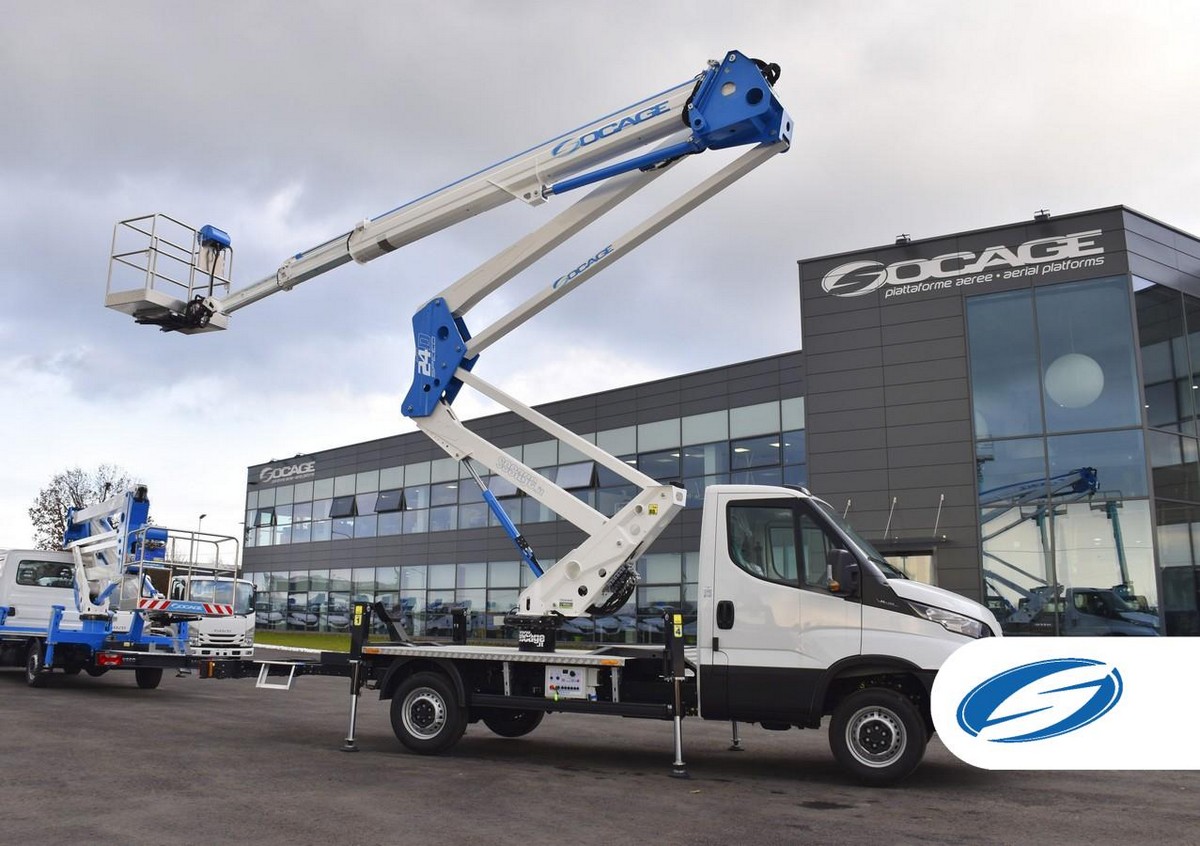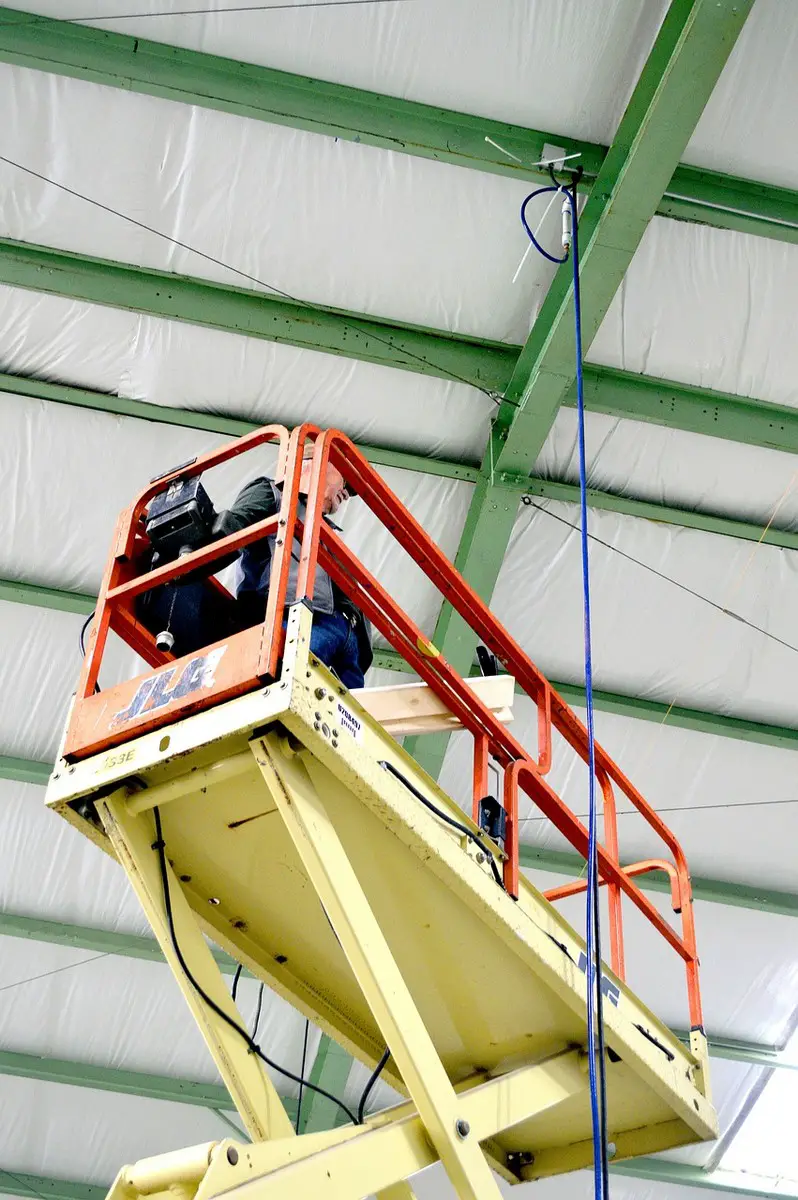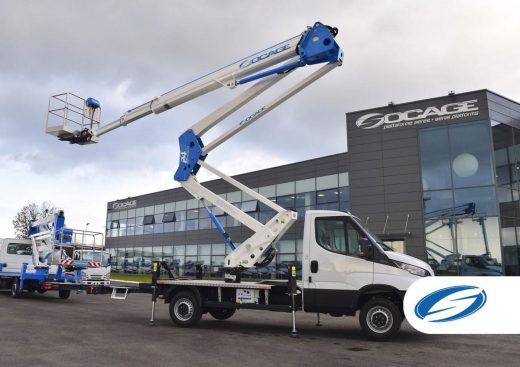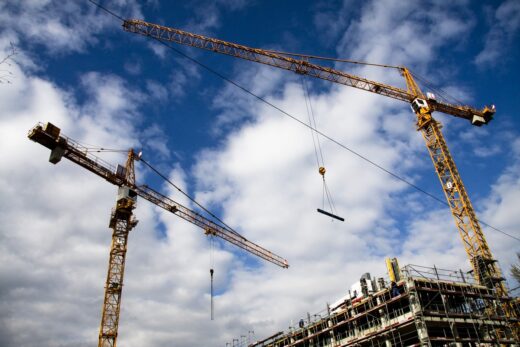Scissor Lift and Boom Lift Certification guide, Construction sites heavy machinery, Building and demolition project lifting advice
Scissor Lift Certification and Boom Lift Certification
9 February 2024
Working at heights brings risks that must be properly managed. For jobs requiring access to elevated work areas, scissor lifts and boom lifts provide a safer alternative to ladders. However, operating an aerial work platform (AWP) also comes with hazards if not done correctly. Proper scissor lift and boom lift certification trains operators on safe use and helps prevent accidents. This article covers what’s involved in certification courses for both types of lifts.
Scissor Lift
Scissor lifts are aerial work platforms that utilize linked, folding supports in an extendable scissors mechanism to position the working platform straight up and down. The lifting media are typically hydraulic cylinders. Platform heights often range from just a few feet up to approximately 40 feet. Scissor lifts provide only vertical lift with no reach capability side-to-side. The large footprint gives scissor lifts excellent stability. Uses tend to be mostly indoors on flat, hard surfaces.
Boom Lift
In contrast, boom lifts use telescoping or jointed booms able to move vertically and horizontally. This allows the lifted platform to swing side to side as well as extend outward over obstacles. Boom lifts work on rough terrain outdoors with solid flotation tires for traction and stability. Platform heights usually reach much higher than scissor lifts at up to 150 feet or more. Most boom lifts use hydraulics, but some models also incorporate electrical drive and lift systems.
What Equipment Requires Certification
Operators must be certified to use either scissor lifts or boom lifts (also called cherry pickers or bucket trucks). Scissor lifts have an elevated platform with railings straight up and down on folding braces. Boom lifts have an aerial bucket at the end of a jointed arm that can move up, down, and side to side.
Certification regulations vary in different areas, but most locations require anyone operating a scissor lift or boom lift to obtain certification, even for non-occupational personal use on private property. Some exceptions are made for apprentices under the direct supervision of a qualified operator. Check your local laws to determine the exact regulations in your region.
Scissor Lift vs Boom Lift Certification
Separate courses are offered for scissor lifts and boom lifts. But there is considerable overlap, so combined training is also available. Combined certification offers more versatility to operate either type.
Certification Requirements
Government regulations require scissor lift operators to obtain occupational, on-the-job operation certification. Standards are established by agencies like the Occupational Safety and Health Administration (OSHA) to ensure qualified trained use. Some jurisdictions mandate or recommend certification even for non-work applications by homeowners or renters when used on private property.
For boom lifts, requirements are usually more stringent. The risks associated with articulating boom components and greater platform heights mean most areas require all boom lift operators to be certified without exception, whether for work or personal tasks. Employers can face substantial liability issues if adequate operator training is not verified.
Course Duration and Delivery Methods
Typical scissor lift certification courses range from about 4 hours for a basic program to a full 8-hour training day. Boom lift certification requires more time, from 8 hours to as much as 24 hours, to cover additional information related to safe functionality. Combined training for dual scissor and boom lift certification fits closer to the longer timeframe for boom lift operation since it incorporates all shared general topics plus equipment-specific content.
Students can complete courses through:
- In-person classroom and field instruction
- Interactive online training modules
- Customized onsite training at employer job site
Hands-on skill practice is essential for competence regardless of the conveyance method.
Similarities
- Same basic training topics
- Required for any elevated use
- Includes Inspector Certification
Differences
- More focus on articulating components for boom lifts
- More operations practicing swinging booms for precise positioning
- More emphasis on hybrid drive functions for rough terrain boom lifts
Getting Trained and Certified
Various public training agencies and private lift equipment dealers offer scissor lift and boom lift certification. Choose an accredited program following approved curriculums. Ask about recognitions like ANSI 92 and OSHA 29 CFR. The training investment pays dividends through safer operators.
For worksites with specialized needs, customized onsite training can also be arranged. These tailored programs allow instructors to incorporate your particular equipment models, terrain conditions, and typical use cases. Training a whole crew onsite also minimizes lost time traveling offsite.
Stay Current with Refresher Training
Once certified, periodic recertification helps operators retain what they learned. Refresher training may be necessary every 2-4 years. Reviewing safety fundamentals reduces complacency that can set in over time. New lift models are also introduced regularly, so updating keeps operators familiar with the latest designs and capabilities.
Some employers mandate recertification annually. This provides helpful reminders right before busy seasons. Customized refresher training can hone in on key issues crews struggle with instead of repeating basics covered well already. Updating credentials consistently is invaluable for staying qualified and sharpening skills.
Scissor Lift and Boom Lift Certification – The Takeaway
scissor lift and boom lift certification share extensive common ground but have unique aspects. Hands-on practice is critical regardless of equipment type. Match training to expected equipment usage for optimum relevance. And maintain qualifications consistently through refresher courses for safety.
Comments on this guide to Scissor Lift and Boom Lift Certificationd article are welcome.
Cranes
Cranes Posts
Rental cranes for tough jobsites
Guide to choosing the ideal truck-mounted crane
Builder’s guide to 7 types of construction cranes
Why you need to buy a truck for construction
Construction Cranes
Construction Cranes for Building Work
Guide to choosing the ideal truck-mounted crane
Builder’s guide to 7 types of construction cranes
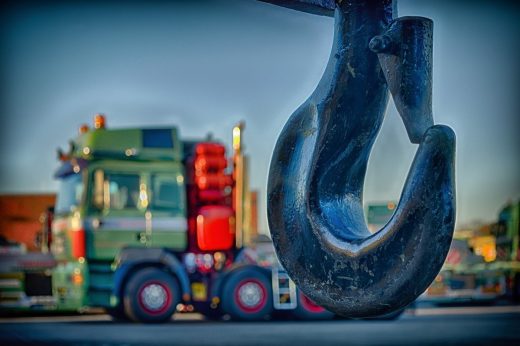
Buildings
Residential Architecture Articles
Comments / photos for the Scissor Lift and Boom Lift Certification advice page welcome

